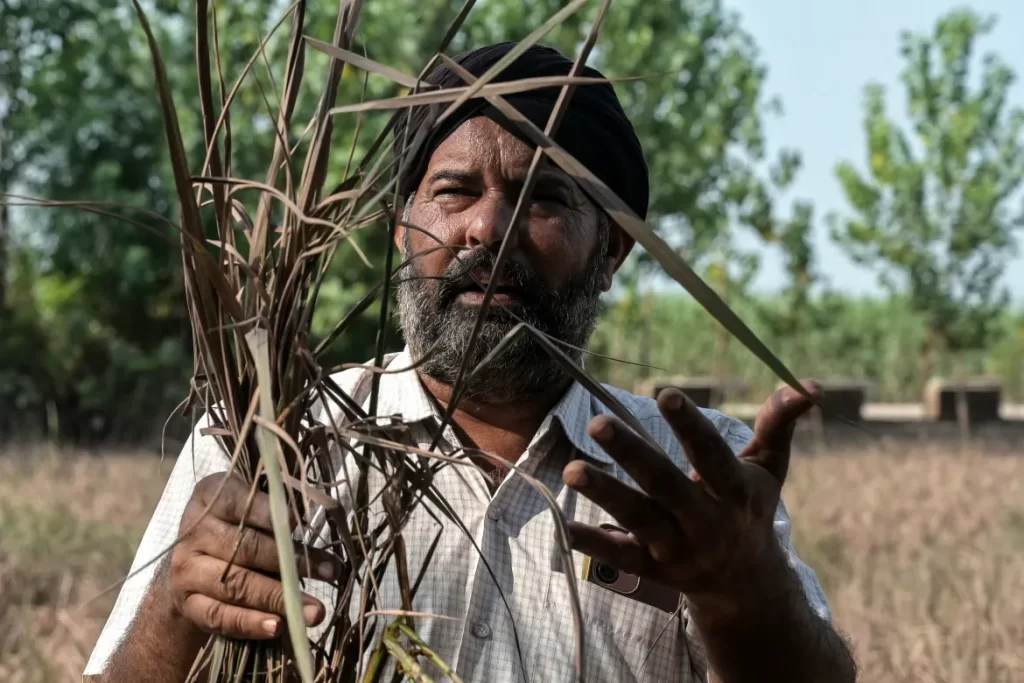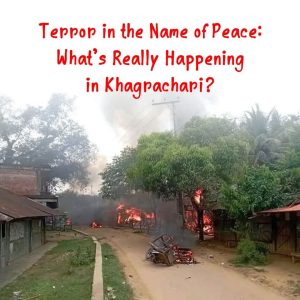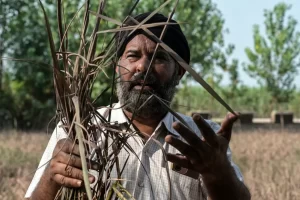
The fields are full, but the paddy is brown and wilted, and the air is thick with the stench of rotting crops and livestock – the aftermath of record monsoon rains that have devastated India’s breadbasket.
In Punjab, often dubbed the country’s granary, the damage is unprecedented, as floods have swallowed farmlands almost the size of London and New York City combined.
Floods and landslides are common during the June–September monsoon season on the subcontinent, but experts say climate change, coupled with poorly planned development, is increasing their frequency, severity, and effect.
Punjab saw rainfall surge by almost two-thirds compared with the average rate for August, according to the national weather department, killing at least 52 people and affecting more than 400,000.
Prime Minister Narendra Modi has announced a relief package worth about $180m for Punjab.
The village of Toor, sandwiched between the Ravi river and Pakistan, is in tatters – strewn with collapsing crops, livestock carcasses, and destroyed homes.
“The water came past midnight on 26 August,” said farm worker Surjan Lal. “It rose up to at least 10 feet (three metres) in a matter of minutes.”
Lal said the village in Punjab’s worst-affected Gurdaspur district was marooned for nearly a week.
“We were all on rooftops,” he said. “We could do nothing as the water carried away everything, from our animals and beds.”
In adjacent Lassia, the last Indian village before the frontier, farmer Rakesh Kumar counted his losses.
“In addition to the land I own, I had taken some more on lease this year,” said the 37-year-old. “All my investment has just gone down the drain.”





